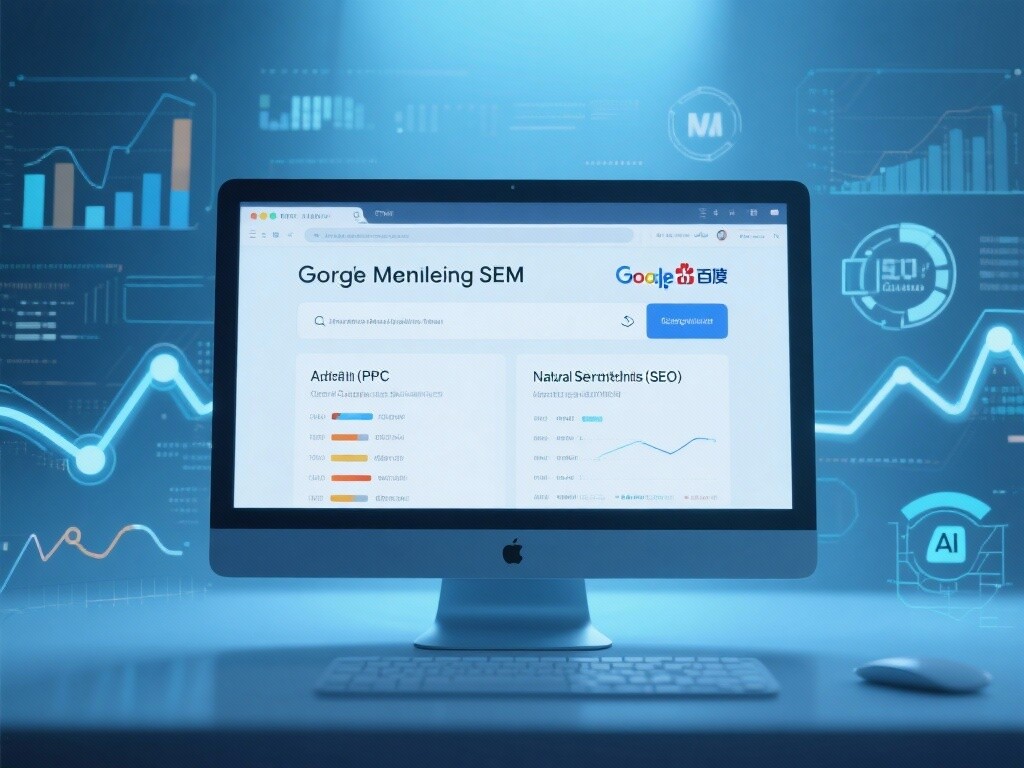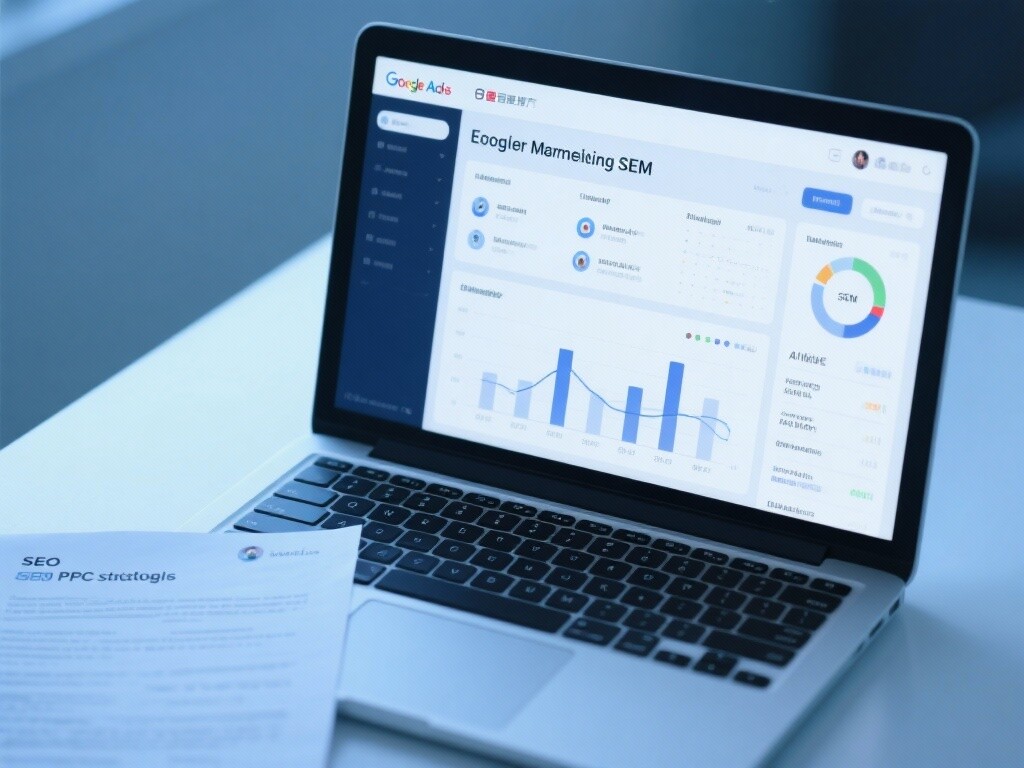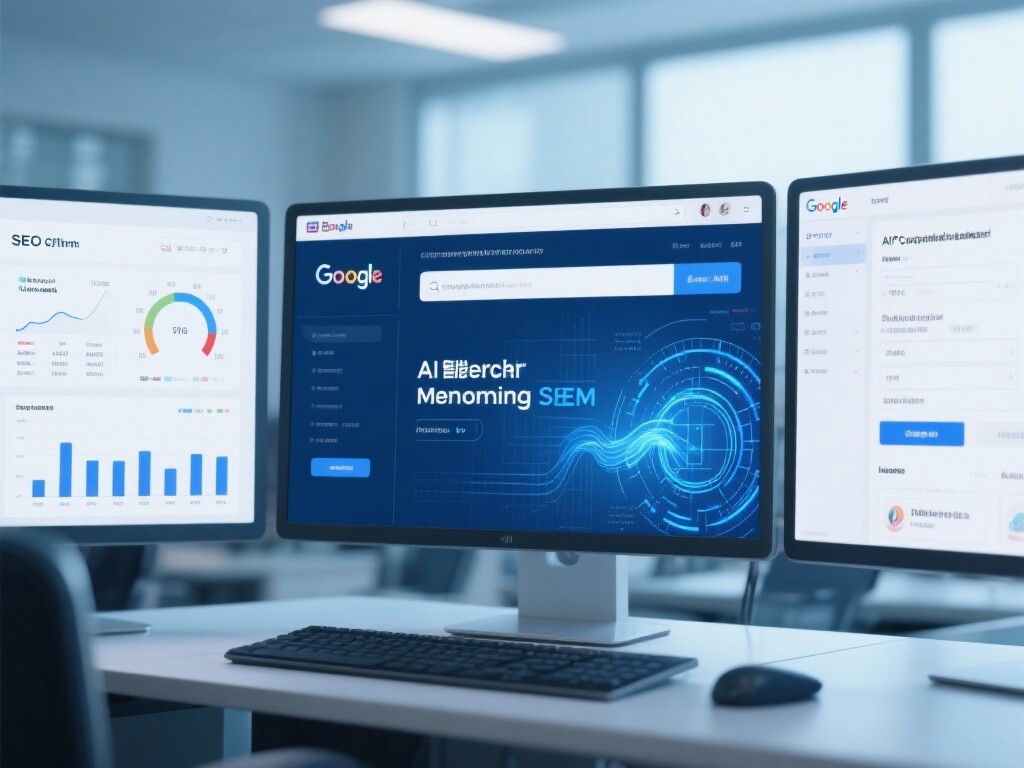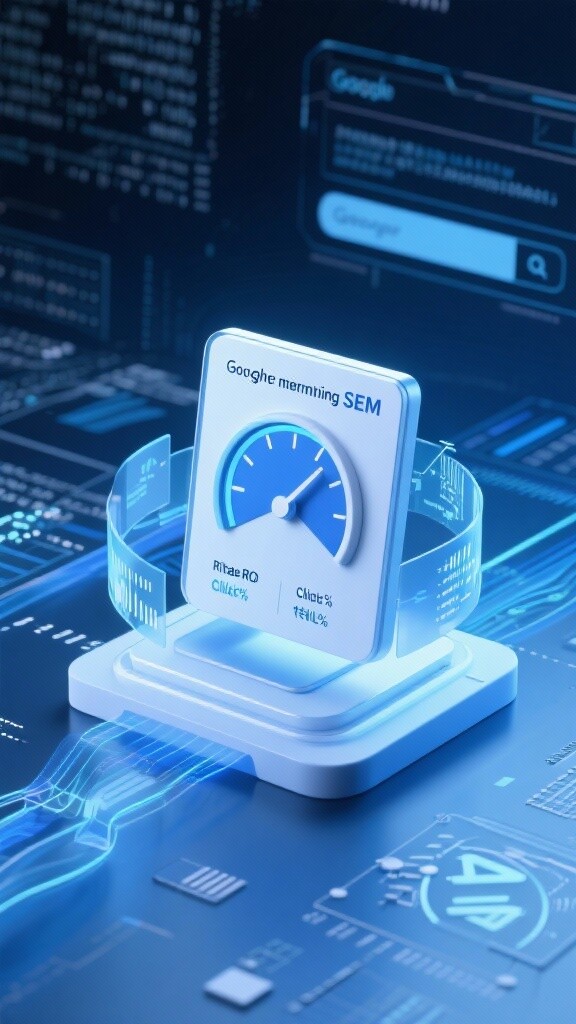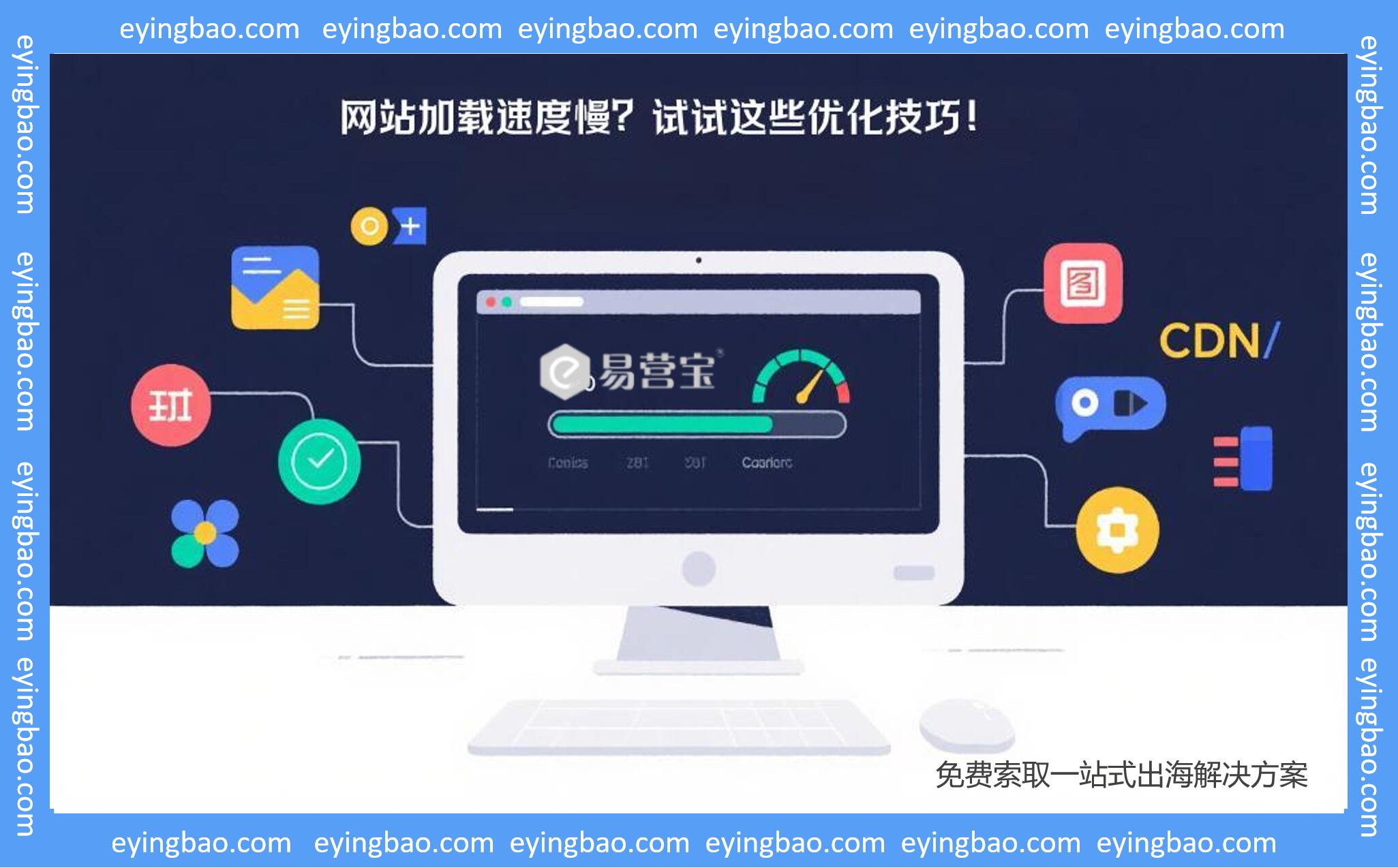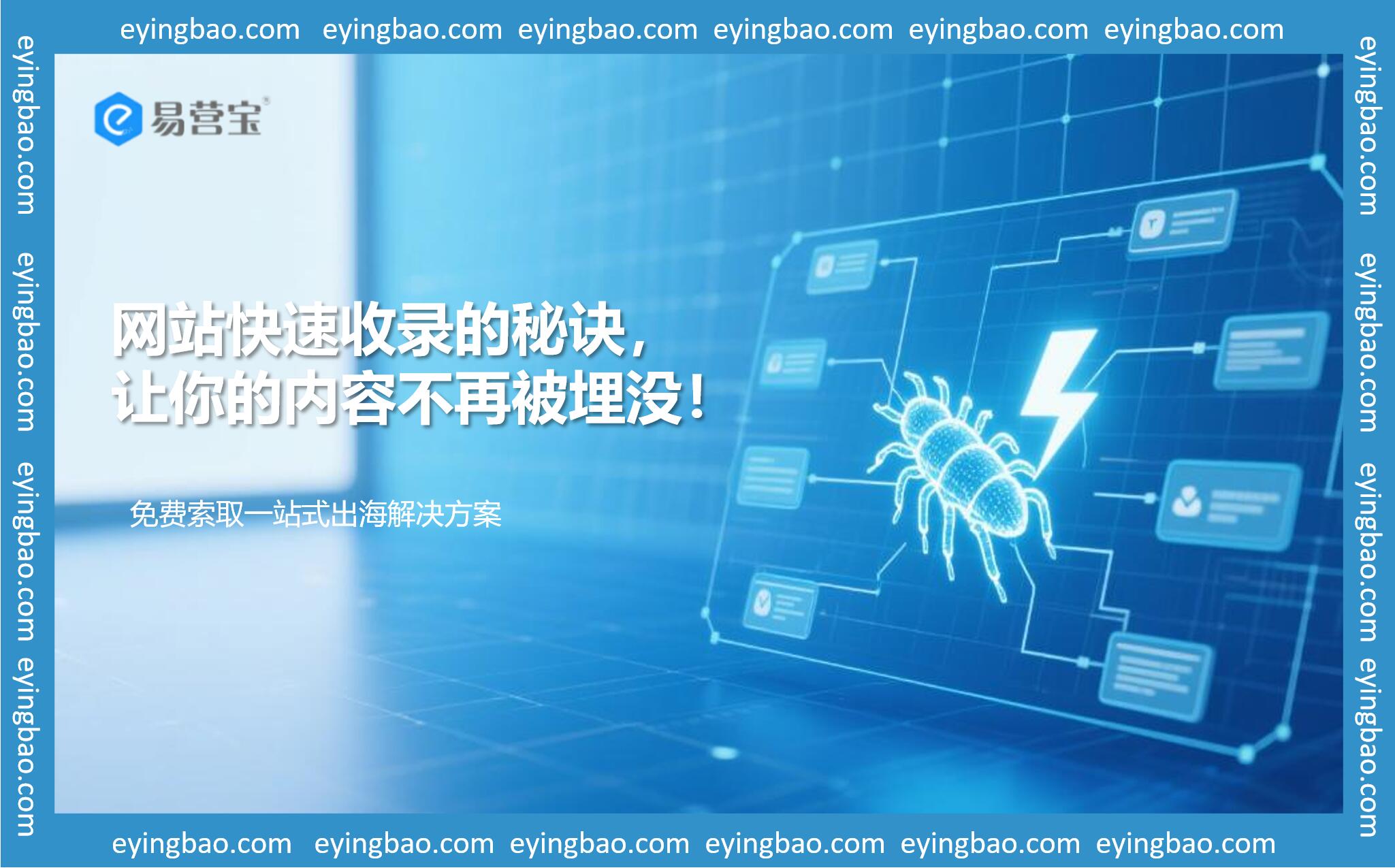I. The Authoritative Definition and Core Value of Search Engine Marketing (SEM)
1. The Authoritative Definition of Search Engine Marketing (SEM)
Search Engine Marketing (SEM) is a systematic, data-driven, dual-track parallel digital marketing process. Its goal is to enhance brand visibility on search engine results pages (SERPs) to acquire high-quality traffic. SEM primarily consists of the following two core components:
Search Engine Optimization (SEO): By optimizing website structure, content quality, user experience, and external links, improve website rankings in organic search results to obtain free, long-term, stable traffic.
Pay-Per-Click Advertising (PPC/Search Ads): Through bidding for keyword rankings on search engine platforms (e.g., Google Ads, Baidu PPC), quickly, precisely, and scalably acquire high-intent traffic.
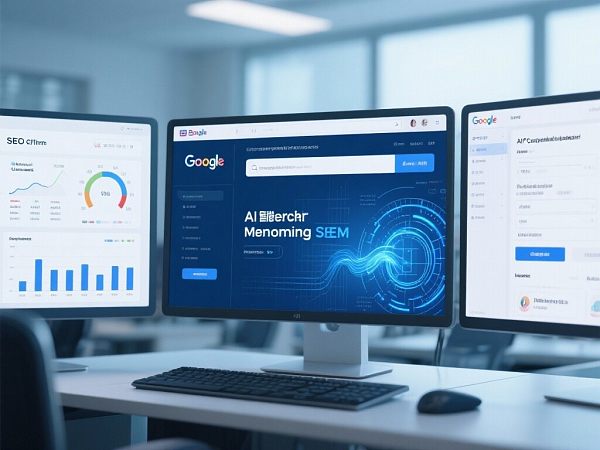
2. The Strategic Core Value of Search Engine Marketing
II. The Evolution of Search Engine Marketing: From Keywords to AI Intelligence
The history of SEM is a journey for marketers from keyword competition to deep learning and utilization of algorithms, user intent, and AI optimization.
1. Keyword Competition and Foundational SEO/PPC (1990s-2005)
Technical Features: Search engine algorithms were simple, SEO focused on keyword stuffing and external link quantity. PPC emphasized basic bidding and broad matching.
Development Core: Marketers competed for keyword rankings through manual operations.
Limitations: Poor user experience, search results were easily manipulated, and ad efficiency was low.
2. Algorithm Complexity and Quality Score (2005-2015)
Milestone: Google introduced**“Quality Score” mechanisms, emphasizing ad relevance, landing page experience and click-through rate (CTR)**.
Technical Shift: SEO shifted toward content quality, user experience, and website authority. SEM required integrating PPC with landing page optimization, moving from brute-force bidding to scientific optimization.
3. AI-Driven, Intent Recognition, and Automation (2015-Present)
Core Focus:AI algorithms took over most bidding and matching decisions.BERT and RankBrain deeply understood user search intent.
Technical Deepening:
SEO: Emphasized E-E-A-T (Experience, Expertise, Authority, Trustworthiness) and Core Web Vitals (CWV), requiring content to be highly specialized and practical.
PPC: Highlighted Smart Bidding, attribution models, and Performance Max (PMax), delegating optimization decisions to AI.
Trend: SEM became data science, requiring**precise data loops (GA4)** as fuel for AI optimization.
III. The Technical Principles of Search Engine Marketing: The Synergy Between SEO and PPC
The core technical principle of SEM lies in** the dual-engine synergy of SEO and PPC**, along with platform AI-driven optimization.
1. The Underlying Logic of Search Engine Optimization (SEO)
Principle: Search engine algorithms evaluate website authority and relevance through crawling, indexing, and ranking.
Core Techniques:
Technical SEO: Optimize crawl budget, Core Web Vitals (page load speed, stability) and mobile responsiveness to ensure efficient indexing.
Content SEO: Target keywords and user intent, creating in-depth, original content aligned with E-E-A-T standards.
Off-Page SEO: Acquire high-authority, high-quality backlinks through content PR and industry collaborations to demonstrate website authority.
2. The Bidding Mechanism of Pay-Per-Click Advertising (PPC)
Principle: PPC ad rankings are not solely determined by bid amounts but by**“Ad Rank”**.
Core Formula:
Quality Score: This is the technical core of PPC, measuring keyword relevance, ad copy, and landing page experience. A high “Quality Score” allows higher rankings at lower bids.
3. Data Loops and AI-Driven Optimization
Principle: Ensure conversion data accurately feeds back into Google/Baidu Ads’ AI systems to train AI for automated bid adjustments and deployment strategies.
Core Techniques:
GA4 Integration: Use Google Analytics 4’s event-driven model for precise cross-platform, cross-device tracking.
CAPI/GTM Deployment: Deploy Meta CAPI (Conversion API) or Google Tag Manager to ensure server-side data transmission, addressing data loss due to browser privacy restrictions.
IV. The Core Features and Strategic Advantages of Search Engine Marketing
1.Highest Intent Traffic Precision
Feature: When users search for**“best [product] solution” or“buy [service] price”**, their purchase intent is already explicit.
Advantage:SEM-captured traffic is at the bottom of the conversion funnel, with conversion rates far exceeding channels like social media.
2. Long-Term Value and Short-Term ROI Synergy
Feature:PPC delivers rapid, scalable short-term returns;SEO provides sustained, compounding long-term digital assets.
Advantage:Short-term PPC data can inform SEO keyword strategies, creating a positive feedback loop to maximize overall ROI.
3. Exceptionally High and Quantifiable Return on Investment (ROI)
Feature: Unlike traditional marketing, SEM allows every click and conversion to be precisely tracked.
Advantage:Real-time monitoring of ad spend ROI, enabling data-driven budget allocation for predictable, scalable growth.
4. Direct Display of Brand Authority (E-E-A-T)
Feature: Dominating organic search results signifies that a brand is perceived with authority and expertise by users.
Advantage:Enhances brand premium potential and customer trust, especially impactful in B2B and high-ticket industries.
V. Advanced Applications and Practical Scenarios of Search Engine Marketing
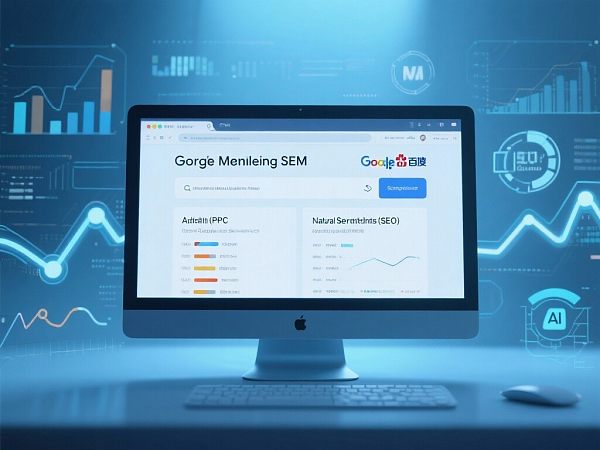
1.Brand Defense Campaigns and Category Education
Application: Target brand or category search results for full control.
Practice:
PPC Brand Keyword Campaigns: Even with top organic rankings, deploy brand keyword ads to prevent competitors’ malicious bidding and** occupy the first position in search results**.
SEO Category Education: For**“what is [product]” or “[product] solves what problems” searches, create authoritative, educational content** to establish brand authority during users’ early awareness.
2. Cross-Border E-Commerce/DTC Global Traffic Harvesting
Application: Target global consumers and high-frequency repeat purchases in e-commerce.
Practice:
Google Shopping Ads: Use Google Merchant Center for product feed optimization, showcasing products via Shopping Ads.
PMax Integrated Campaigns: Leverage Google Ads’ Performance Max to automate cross-channel deployments (search, display, YouTube), achieving full-funnel traffic harvesting.
3. B2B Lead Capture and Conversion
Application: Target high-ticket, long-decision-cycle B2B businesses.
Practice:
High-Value Long-Tail Keyword SEO: Optimize**“[industry] solutions” or “[product] OEM/ODM” high-intent long-tail terms to capture procurement-stage traffic**.
Targeted PPC Campaigns: Use LinkedIn professional targeting data to refine Google Ads for precise job-title-based ad placements, tracking**“whitepaper downloads” or “inquiry submissions”** as key conversion events.
4. Real-Time Website Technical Monitoring and Repair
Application: Ensure website health and user experience consistently meet search engine requirements.
Practice:Continuously use Google Search Console and Baidu Webmaster Tools to monitor crawl errors and Core Web Vitals (CWV) alerts, promptly fixing technical issues to avoid SEO ranking and PPC Quality Score losses.
VI. EasyProfit: Your Search Engine Marketing Intelligent Growth Expert
EasyProfit specializes in combiningthe underlying technical principles of Google/Baidu SEM with the latest AI optimization strategies, deliveringthe most efficient, stable, and competitive SEM solutions for clients.
Dual-Engine SEM Strategy: Integrateinternational/local SEO withhigh-ROI PPC smart campaigns to ensure your branddominates search results.
PPC Smart Optimization and High-Score Assurance: Leverage AI Smart Bidding and Performance Max withindustry-leading Quality Score strategies toachieve top rankings at the lowest cost.
E-E-A-T and Authority Content Development: Our SEO expert team craftssearch-engine-aligned, high-depth content to build your brand’slong-term digital assets.
GA4 Data Loops and Scientific Attribution: Ensure GA4 and CAPI tracking systems** accuracy**, providingpredictable ROI analysis for your SEM investments.
FAQ
1. Is the core success factor of search engine marketing (SEM) "bid price"?
Answer: No, the core success factors are "quality score" and "user intent matching."
Technical Principle: In Google/Baidu Ads, ad rankings are determined by "ad rank," and quality score is the most important component of ranking. A high-quality score allows you to achieve higher rankings at lower bids. Therefore, SEM focuses on optimizing ad copy, landing page experience, and keyword relevance, not simply increasing bids.
2. Which is more important, SEO or PPC? How should resources be allocated?
Answer: Both are equally important and must operate synergistically.
SEO (Long-Term Asset): Responsible for ** year later stable, free, and highly trustworthy traffic**. Allocate ** of resources** to content and technical SEO.
PPC (Short-Term Growth): Responsible for quickly capturing high-intent traffic within months and market testing. Allocate ** of the budget** to precise targeting.
Synergistic Effect: PPC can quickly validate which keywords drive high conversions, then prioritize these keywords for SEO optimization, achieving optimal resource allocation.
3. How to adapt to search engine algorithms (e.g., Google BERT/RankBrain) impacting SEO?
Answer: Focus on "user intent" and "content authority (E-E-A-T)."
Algorithm Purpose: These AI algorithms aim to deeply understand the true intent behind user searches.
Adaptation Strategy: Your content must not only include keywords but also genuinely solve user problems. Ensure content is written by industry experts, data-accurate, and authoritative to be recognized by algorithms as the best answer.
4. How can search engine marketing (SEM) help B2B enterprises capture high-quality leads?
Answer: Through precise intent matching and data-driven closed-loop optimization.
Keyword Focus: Target or optimize **"solution," "service provider," "customized,"** and other B2B-specific, intent-driven keywords.
Landing Page Optimization: Landing pages should be in-depth whitepapers or case studies, requiring users to fill out detailed information (e.g., company, position) to download.
Data Feedback: Feed back **"sales-qualified lead (SQL)"** events to the ad system, training AI to target high-quality, high-conversion potential enterprise clients.
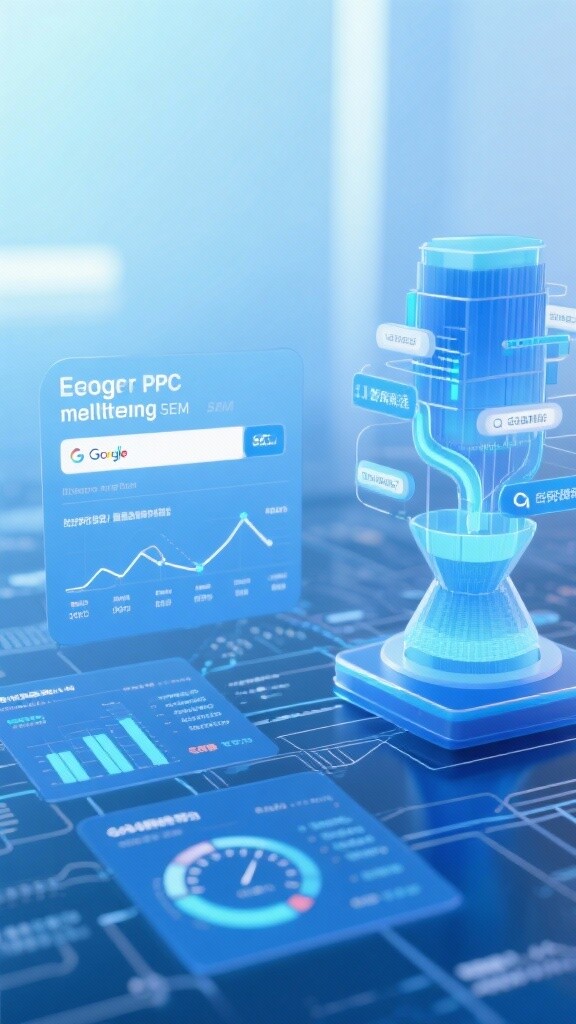
Customer Reviews
Mr. Ge, Digital Marketing Director of a B2B Industrial Software Company
"Before working with them, our SEM accounts were poorly optimized, with low-quality scores and extremely high lead costs. After their experienced SEM team took over, they systematically optimized our account structure and landing page experience, improving our Google Ads quality score by an average of points, and reducing keyword costs by . More importantly, their SEO strategy helped our core "solution" keywords rank on the first page within months, delivering of high-value free traffic. Their SEM solution truly embodies scientific, efficient, and quantifiable practices."
Ms. Wang, CEO of a Cross-Border DTC Brand
"As an e-commerce business, we demand extremely high ROI from traffic. Their dual-engine SEM strategy is our lifeline. They customized a **"PMax + Shopping Ads + SEO Content Assessment"** combo strategy. Through precise data attribution (GA4), we can ** track the traffic source of every order**, guiding budget allocation. Under their optimization, our global Google Ads ROAS increased by , while SEO-driven long-term traffic is growing rapidly, giving us ample confidence for future competition."
 Is your website loading slowly? Try these optimization techniques!This article details practical techniques to improve website loading speed, including image optimization, reducing HTTP requests, utilizing CDNs, while also exploring the differences between SEM and SEO and fast indexing techniques. Helps you enhance website SEO ranking and user experience.
Is your website loading slowly? Try these optimization techniques!This article details practical techniques to improve website loading speed, including image optimization, reducing HTTP requests, utilizing CDNs, while also exploring the differences between SEM and SEO and fast indexing techniques. Helps you enhance website SEO ranking and user experience. The secret to rapid website indexing—make sure your content never gets buried again!This article delves into the core techniques for fast website indexing, starting with the fundamental differences between SEM and SEO. It systematically explains practical methods to boost indexing speed, covering key dimensions like technical optimization, content strategy, and speed enhancement, while providing actionable SEO and SEM integration solutions.
The secret to rapid website indexing—make sure your content never gets buried again!This article delves into the core techniques for fast website indexing, starting with the fundamental differences between SEM and SEO. It systematically explains practical methods to boost indexing speed, covering key dimensions like technical optimization, content strategy, and speed enhancement, while providing actionable SEO and SEM integration solutions. Free traffic vs paid exposure? Mis-matched ratio = burnt money!Explore the golden ratio of free traffic and paid exposure to avoid the misunderstanding of burning money. SEO and SEM have their own advantages. Understand business needs, customize exclusive traffic solutions, help companies acquire customers efficiently, and achieve a win-win situation of long-term brand building and short-term conversion.
Free traffic vs paid exposure? Mis-matched ratio = burnt money!Explore the golden ratio of free traffic and paid exposure to avoid the misunderstanding of burning money. SEO and SEM have their own advantages. Understand business needs, customize exclusive traffic solutions, help companies acquire customers efficiently, and achieve a win-win situation of long-term brand building and short-term conversion. Methods to Improve SEO Results and Double Your Website Traffic!This article details core methods to enhance website SEO performance, covering distinctions between SEM and SEO, techniques for rapid website indexing, loading speed optimization, and other practical strategies to help achieve exponential traffic growth.
Methods to Improve SEO Results and Double Your Website Traffic!This article details core methods to enhance website SEO performance, covering distinctions between SEM and SEO, techniques for rapid website indexing, loading speed optimization, and other practical strategies to help achieve exponential traffic growth.

